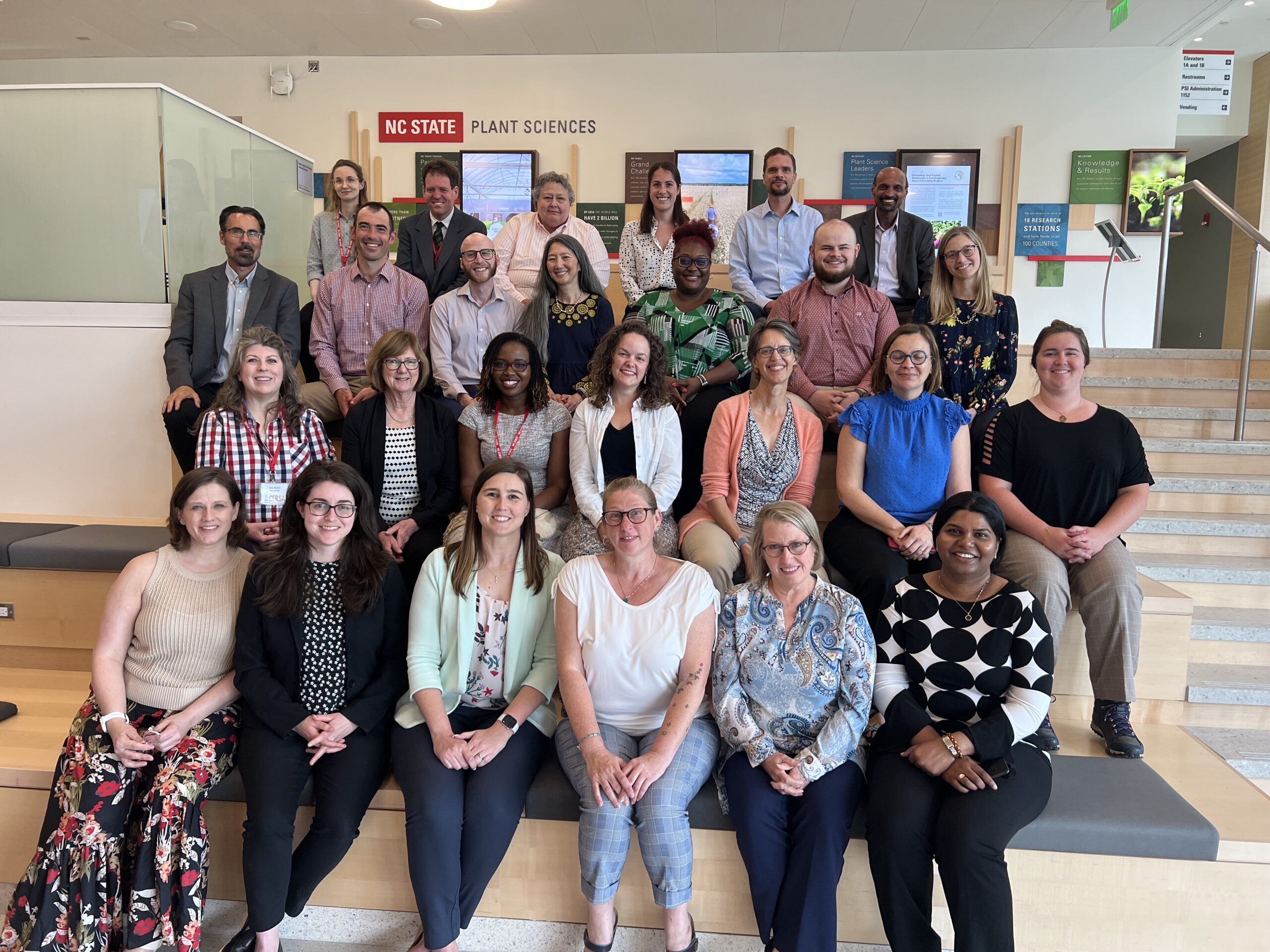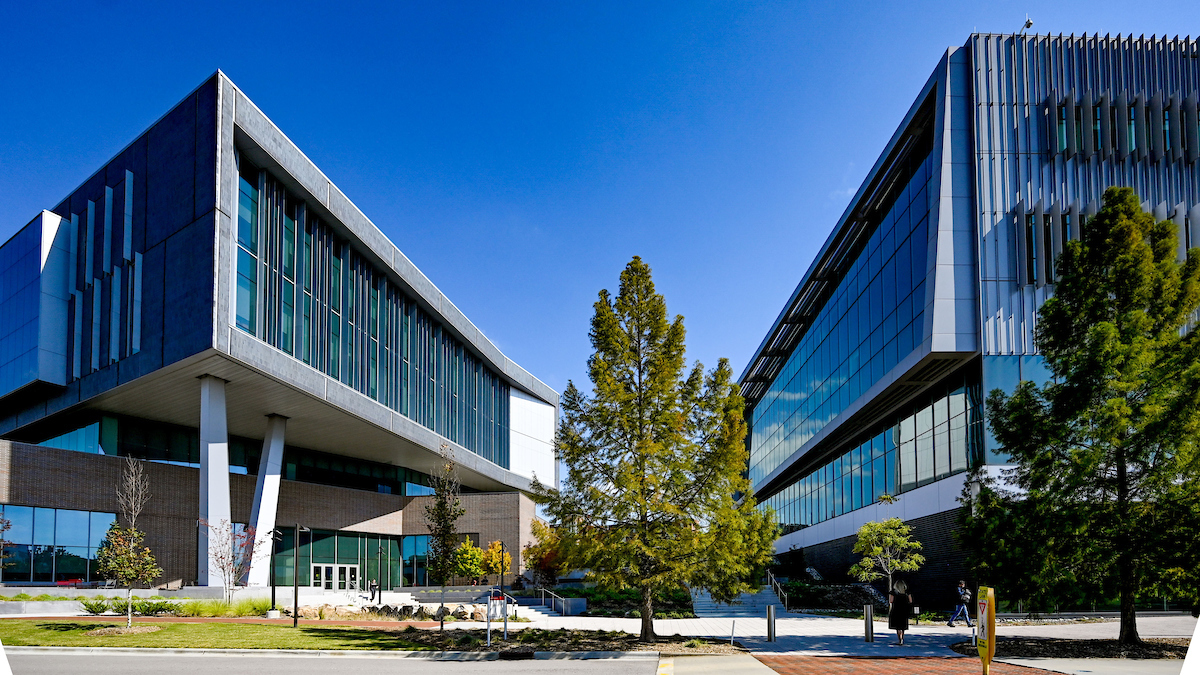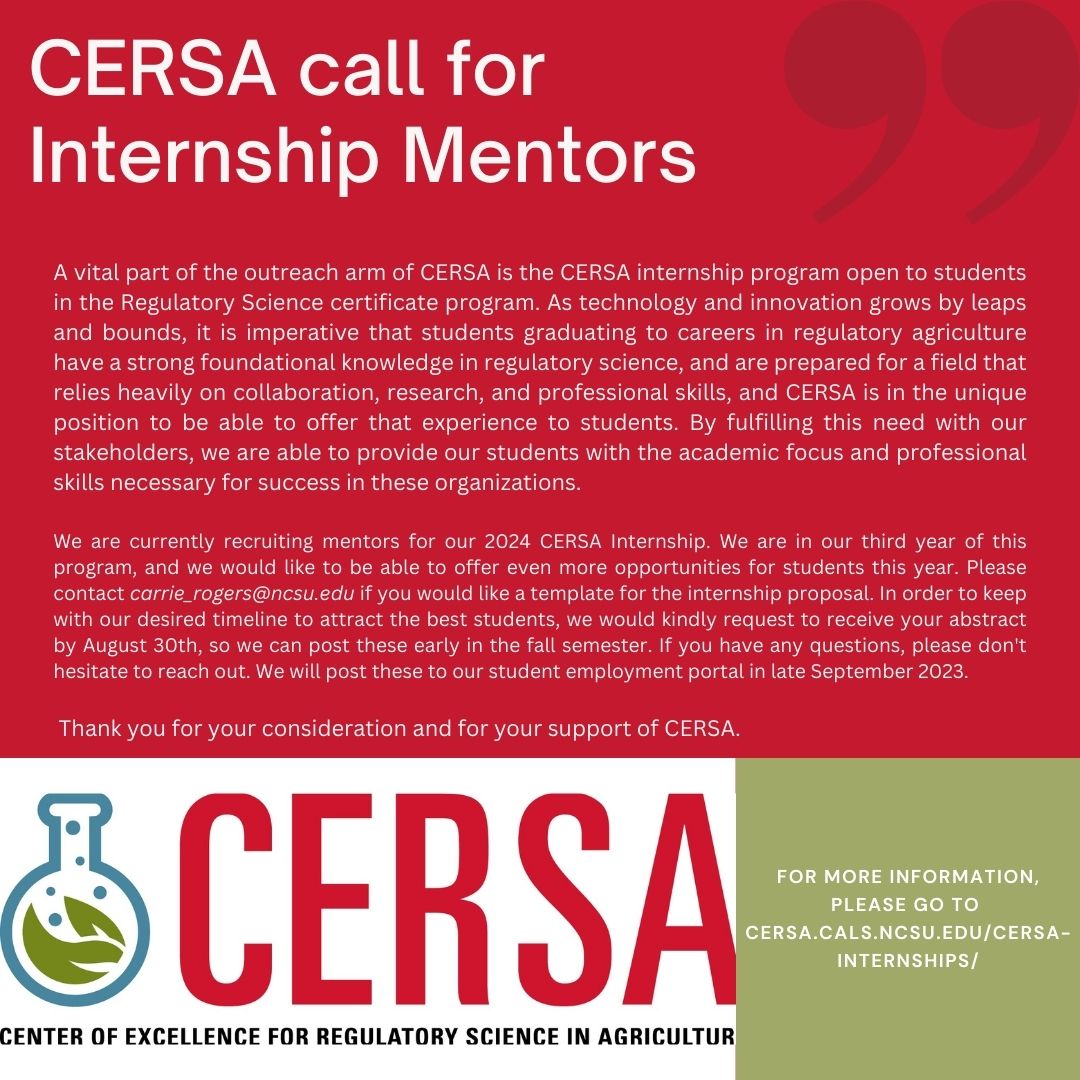CERSA Workshop Series: Outlining Foundational Studies to Address Key Uncertainties for Genome-Edited Microbes
Ashton Merck

“It doesn’t matter which kind of CRISPR you use,” Rodolphe Barrangou, T. R. Klaenhammer Distinguished Professor at North Carolina State University, reassured us in his opening remarks at a recent workshop hosted by NC State’s Center for Excellence in Regulatory Science (CERSA). Well, that’s a relief, I thought. I glanced around, noticing the name badges of other participants: Bayer, USDA-APHIS, Novozymes, Corteva. As a historian who works with scientists on emerging risks in agriculture and environmental sustainability, I often feel out of place. For a moment, I wondered whether I had gone too far out of my depth this time. I couldn’t have been more wrong.
This workshop, held at the NC Plant Science Building on June 6-7, 2023, was actually the second session of a two-part workshop on the challenges of regulating gene-edited microbes for agricultural use, the first of which took place in Washington, D.C. last fall. Our task for this session was to take the consensus statement and set of research questions developed in the last session, and create plans of action to address those questions. I expected to listen and learn from stakeholders in industry and at the regulatory agencies, and return with some new connections in plant sciences and some useful information for my colleagues on the third floor. Instead, I became an active participant in discussions about the role of risk science and responsible innovation in shaping regulatory frameworks for gene-edited microbes.
While I did not attend the first workshop, I gathered that the new location and set of topics drew a different mix of individuals. In addition to regulators from BRS and APHIS and a few stray academics like myself, many of the participants came from biotechnology firms with offices in the local area. While the scope of the workshop discussion was national, conversations over coffee and snacks frequently turned to what could be done by leveraging local expertise.
The slate of speakers certainly drew on nearby experts. In addition to Barrangou, keynote speakers included Randy Deinhammer, Novozymes North America’s Director of Regulatory Affairs, and Khara Grieger, Assistant Professor and Extension Specialist in Environmental Risk Assessment at NC State. Deinhammer framed the conversation with a reminder of the urgency of the need for innovative gene-edited technologies. In addition to the challenges of feeding a growing population, gene-edited microbes could address weather variability and other impacts of climate change on agriculture. Barrangou emphasized the ongoing challenges of translating the advanced state of CRISPR research into practice, which he characterized as a “translational chasm.” He described the dilemmas faced by would-be innovators, who must overcome market challenges of commercialization while also gaining acceptance by consumers and regulators. Grieger reminded participants of the importance of the social dimensions of genetic engineering, and the need for responsible innovation to anticipate potential concerns well before products reach commercialization. Lastly, Subray Hedge, from USDA’s Biotechnology Regulatory Services (BRS), provided an update on the state of APHIS guidance on gene-edited microbes, with an emphasis on what is in and out of scope from the agency’s perspective.His perspective helped the attendees formulate their research questions in a way that addressed the needs of the regulators in regards to these policies.
While I am always reluctant to acknowledge that anything is truly new, it quickly became clear that gene-edited microbes posed unique challenges for existing regulatory frameworks. First, the ontological questions, which would determine whether microbes fell under an existing regulatory framework: are microbes a “plant pest,” USDA’s preferred method of regulating other, similar products? Should microbes be treated like food, like drugs, or like pesticides? Should regulations be based on the product or the process? While some of these questions have been asked of other genetically engineered foods and crops for decades, the scale and potential uses of microbes posed additional challenges. Over the next two days, workshop participants worked in small groups to tackle these complex questions. I noticed that each group was deeply interested in finding parallels and resonances from other industries or other regulatory frameworks. How does the pharmaceutical industry do things? What are the pros and cons of the different agencies’ approaches? Was there a way that gene-edited microbes could be regulated by this office, and not the other one? Was the current standard of “no risk” even possible to achieve? Despite my expectation that I had little to contribute, I leveraged my dissertation research on food safety regulation to advocate for the importance of a risk-based approach to regulating gene-edited microbes.
Overall, the workshop provided a great example of how industry and regulators can work together to address a set of shared challenges to create adequate regulatory safeguards while encouraging innovation and commercialization of emerging technologies. In particular, it was interesting to see what each group expected of the other. The attendees from biotech firms sought clarity and certainty from regulators; meanwhile, the regulators repeatedly explained that they needed much more information and data from the industry before they could make any determinations. However, as one of the small groups accurately noted, it would be helpful if the next workshop incorporated a wider range of perspectives to consider the potential social and environmental concerns. There are still many uncertainties in the regulatory landscape of gene-edited microbes, but this workshop provided a pathway to address some of the most pressing questions, and opened a dialogue among researchers, regulators, and industry professionals that will continue far beyond this event.


